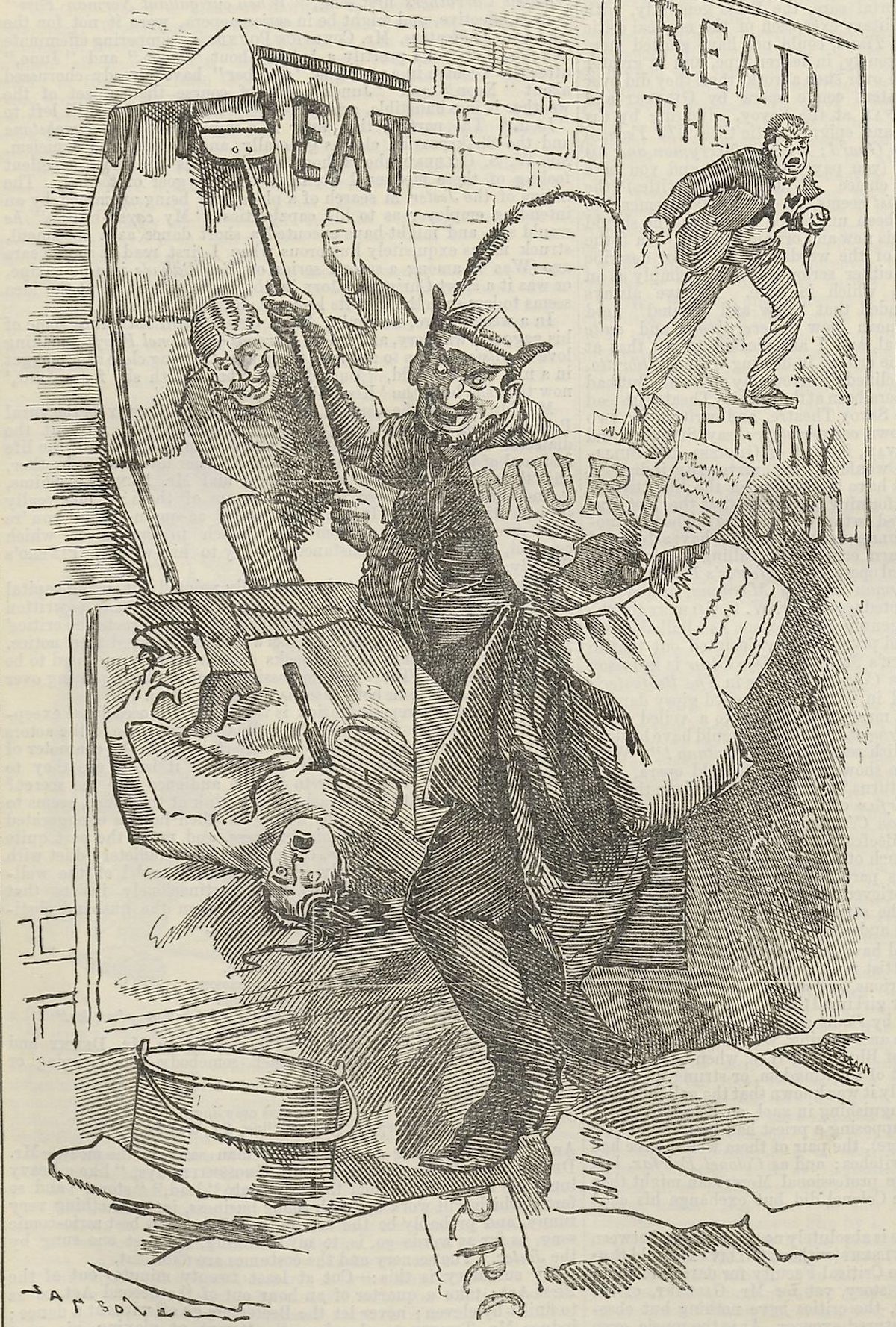How the Press Created Jack the Ripper
At first glance, the newspapers’ sensational coverage has changed little since Jack the Ripper struck. However, the tone of the Victorian press was as varied as its readers.

Between 31 August and 9 November 1888, five brutal, very similar murders of prostitutes took place in Whitechapel, London: Polly Nichols (31 August); Annie Chapman (8 September); Catherine Eddowes and Elizabeth Stride (the ‘double event’, 30 September) and Mary Jane Kelly (9 November). During that autumn, sales of London newspapers rocketed, with the Star, the most popular, selling up to 300,000 copies a day.
The similarities between the murders – all the victims were prostitutes whose throats were cut – provided a field day for the press. Newspapers played a vital role in creating the myth around ‘Jack the Ripper’ and amplified his terror. There was more potential than normal for speculation and sensationalism in the case of the Whitechapel murders as there were no witnesses, the police could uncover no clues or motives and no serious suspects were found.
